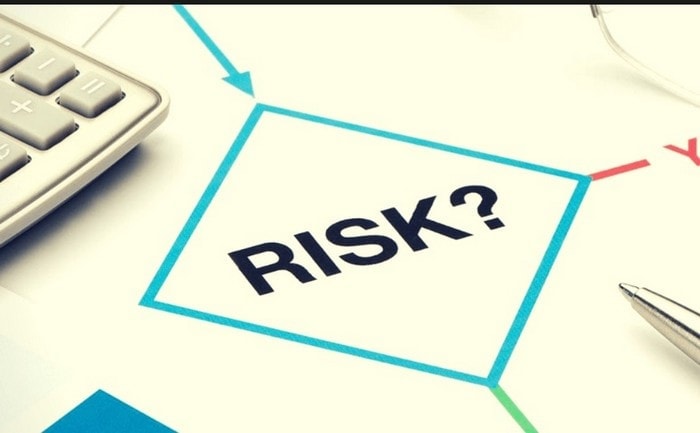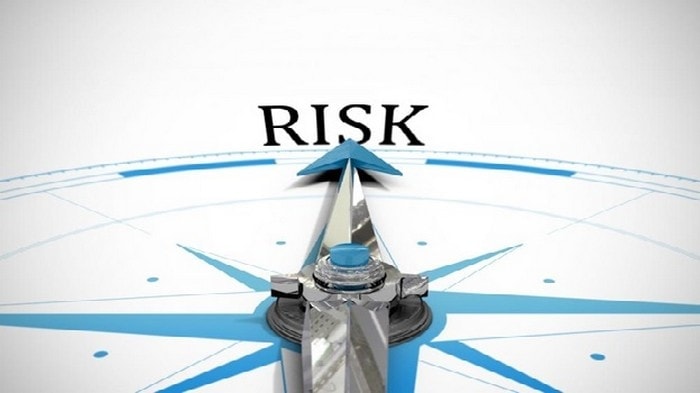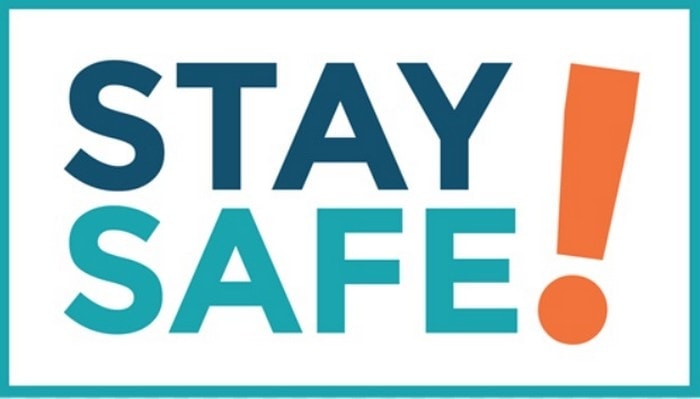The financial companies and banks are in constant fear of risks and keep looking for methods to mitigate these risks. Operational risks take place because of the operational failures, process failures, or the inability of employees, errors made by them in the processing.
The operational risks focus on risk arising from the flaws or failures occurring in day to day activities of processes, systems, and even people. These failures can become the reason for things such as legal risks, frauds, etc.
Table of Contents
The meaning of operational risk
The operational risk occurs due to the failed processes, the inability of employees, fault in the system, and also because of the external events. There can be various reason that causes operational risks.
For example, fraud and malice, commercial disputes, failure of information system, human error, problems related to personnel management, floods, fire, earthquake, or accidents, etc. in simple words, we can say that it is impossible to come up with a practical solution for every risk as the range of possible risks is quite wide.
Operational risks put a detrimental effect on the reputation of the organization and also affect the relationship of the organization with its clients and stakeholders, and also impacts its share value. It increases instability in operating costs and earnings.
Operational risks don’t function like other risks such as credit risks and market risks, as no organization willingly takes these risks, and these risks are also not driven by the revenue generation.
As most of the operational risks take place due to man-made errors or their inability to the thinking process. Therefore, these risks can also be referred to as human risks. That means these are the risks caused due to human error.
Operation risks vary from industry to industry, and it is important to consider operational risks before investing in any industry. For example, industries where there is less human interaction, there is fewer chances of human error.
It is important for an industry to categorized operational risks. In this way, you can categorize potential harm and prepare the model structure and analytical framework to deal with these risks, and most importantly, the time of management can be prioritized to deal with operational risks.
Operational risks can be categorized into two broad categories, which are internal risks and risks caused by external events.
External risks (Risks caused by external events)
| Weather and Environment | These risks are caused due to bad weather and change in the environment. For example, drought, flood, heat wave, and stroms. |
|---|---|
| Geological | This type of risks are associated with the geological condition. For example, earthquakes, tsunamis, and volcanos. |
| Intentional | This type of risks are caused by the man-made activities such as terrorism and sabotage. |
| Accidental | This type of operational risks are not intentional and takes place even after taking precautionary measures. For example, fire in the industry, explosion, etc. |
| Disease | This types of external operational risks are not very common specially in present times, still there is always a risks of such events to take place. for example, human flu, etc. |
Internal risks
| Fraud and Reputation | This type of operational risk takes place when there is security breach inn the system of the organization. These types of risks are observed quite frequently these days. |
|---|---|
| System failure | Nowadays, most organizational work is dependent on computers and technology and computers and technology are always prone to failure. |
| Employee error | Employees are human beings and they usually make mistakes while entering data and retrieving information. Risk of employee error cannot be avoided. |
Examples of Operational Risks
Operational risks cannot be avoided completely, but their effects can certainly be minimized by taking proper actions and having an already established analytical framework. Let us understand the impacts of operational risk by learning about the operational risks in the banking industry.
- Theft and fraud are one of the biggest risks involved in the banking industry, and with the inclusion of technology, the risk of cyber bandits has increased rather than physical robbery. For example, in September 2018, Swedish banks became the victim of a concentrated phishing attack. There was a total loss of $312 million of the three banks of the country. The cyber attacker used the malware to gain access to the networks of the bank and redirect the payment. However, the biggest loss to theft and fraud is not by cyber risk but by the old-fashioned methods. For example, the famous case of Kingfisher airline owner Vijay Malaya is one prominent example of such type of fraud. Eight banks of India lost $770 million against because of the fraud of Vijay Malaya. Another example of such fraud is the fraud done by the employees of Chinese bank “The agriculture bank of China.” The bank lost a total of $497 million in the forgery case.
- Another example of operational risk is due to disabling cyber-attack or due to the human error or in the fault in the hardware or due to obsolete technology. This is considered one of the major risk involved in financial services. For example, the cyberattack WannaCry in 2017 disrupted the services and was so hard to understand that it took thousands of man-hour and finances to train employees all around the world to understand when a breach is taking place in the system.
How to stay safe from operational risks?
In this section, you will learn about the step by step procedure to stay safe from the operational risks.
Step 1. Find out the threat:
A threat can be any situation or event that can cause loss and damage to the organization. Therefore, it is important for the organization to keep an active team that can learn about the potential threats and can prepare precautionary measures to deal with these threats.
Step 2. Access the risk associated with each threat:
There are some types of threats that might cause big loss if not tackled properly, and there are other types of threats whose chances of occurrence is low.
Accessing the risk involved with the risk helps you understand the severity of the situation, and in this way, you can take precautionary steps so that loss can be avoided.
Step 3. Learn to make the use of different risk control measures:
Once you know a particular threat. Next, you need to learn about what you can to avoid loss caused by the threat, or how can the effect be minimized? Learn about the different strategies and tools that can help you to reduce, mitigate, or eliminate the risk.
Keep three components associated with a risk such as
- Probability of occurrence of the risk
- The severity of the threat
- Exposure of people and equipment to risk
If you take effective precautionary steps that you can avoid at least one of the components. For example, what would be your strategy when a fire breaks out in your bank.
If you have a strategy in your mind, then you will well-equipped your bank with the equipment to deal with such a situation and will provide training to your employees for what actions should they take when such a situation arises.
Step 4. Take control decision:
The best way to mitigate the chances of threat is by controlling it. Analyze different methods to control the situation and select the best method.
Step 5. Execute risk control methods:
Once you have selected which method you are going to use. The next step is to implement it. Decide what do you need to implement the risk control methods and what actions you are required to take.
Based on your analysis, provide time, equipment, and training so that your plan can be implemented effectively.
Step 6. Keep updating and review the performance of your method:
Your job is not done once you have implemented a method to tackle a particular risk. With the fast-changing technology and equipment used the risk involved also keep changing.
In such a scenario, you are also required to keep learning about new threats and prepare for risk mitigation methods.
Liked this post? Check out the complete series on Operations Management



